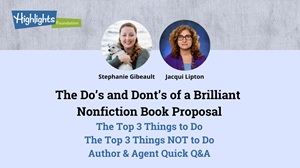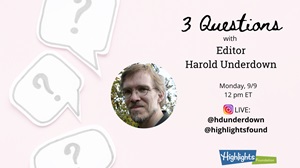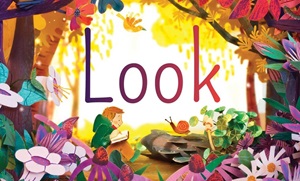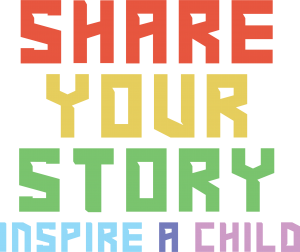Many thanks to agent Jacqui Lipton & author Stephanie Gibeault for this blog post!
To sell middle grade and young adult nonfiction, book proposals are the way to go.
Although you don’t need them for nonfiction picture books, book proposals are generally necessary with work for older readers. However, drafting a proposal is a different skill to drafting a manuscript. Book proposals are all about positioning your book in the market and convincing the agent/editor that you have the skills necessary to deliver what the proposal promises.
Here are Jacqui and Stephanie’s top tips for a brilliant book proposal. First, we give you three things you definitely want to master. Then read on for three things you want to be sure you don’t do.
Top Three Things to Do:
1. Research the market.
Even if you think your nonfiction book idea is utterly fascinating, before you put pen to paper or finger to keyboard, look at what other books are already published about your chosen subject. Check if the market is already flooded. If so, do you have an angle/approach that is different from what’s out there so far? Can you bring something new to the subject? If there are no books on the topic you’ve selected, ask yourself if there’s a reason for that. Maybe the subject matter isn’t appropriate for the age group you’re aiming at or there simply isn’t a large enough market to justify a book.
2. Include all the sections an editor or agent expects to see.
Book proposals need to include specific content. You want to include an overview of the project, why it’s necessary in the market, and why you’re equipped to write it (don’t forget an author bio that highlights your relevant credentials). You also want to include a list of competing and complementary titles that shows a market exists yet there is still room for your project. Finally, you want to include an outline of the scope and structure of the book as well as sample chapters to highlight your writing skills.
3. Identify your audience.
Make it clear in your proposal that you know who you’re writing for. Is it teenage history buffs or fifth grade nature lovers, for example? State your market and show you have thoroughly researched it. Who are you pitching the book to in terms of reader age range, school/library market versus trade market, or is it a crossover book? Think about who the publisher is going to sell the book to when it’s complete.
Make Sure You Don’t:
1. Miss the mark on comp titles.
Don’t use competing or complementary titles that are too old/out-of-date, too obscure, too popular, too like your proposal, etc. Ideally, you want to use comp titles that show your work is similar to books that have been successful but doesn’t completely overlap with them. You also want to show that your book contributes something a young reader couldn’t find by simply doing a Google search or asking a friendly neighborhood AI. In other words, your book needs to add value to what’s already available.
2. Misunderstand the market.
Why are you proposing this book at this time? Where is the market need? Remember that publishing is a business. Books are acquired only if editors think they can sell them. As we’ve already mentioned, just because an idea is fascinating to you doesn’t mean that there is a publishing market for it.
3. Phone it in with sample chapters or omit them altogether.
An agent/editor can’t properly evaluate your proposal without seeing a writing sample. You might have a great idea, but you need to prove you can successfully execute it. Your sample should be thoughtful, polished, and a strong indication of the proposed tone of the book. Have a clear and engaging voice and compelling material that will appeal to your chosen readership.
There’s a lot more to say about the weird and wonderful science of writing a brilliant book proposal, but hopefully these tips are a good starting point to get you going whether you are attempting your first proposal or your fortieth!








